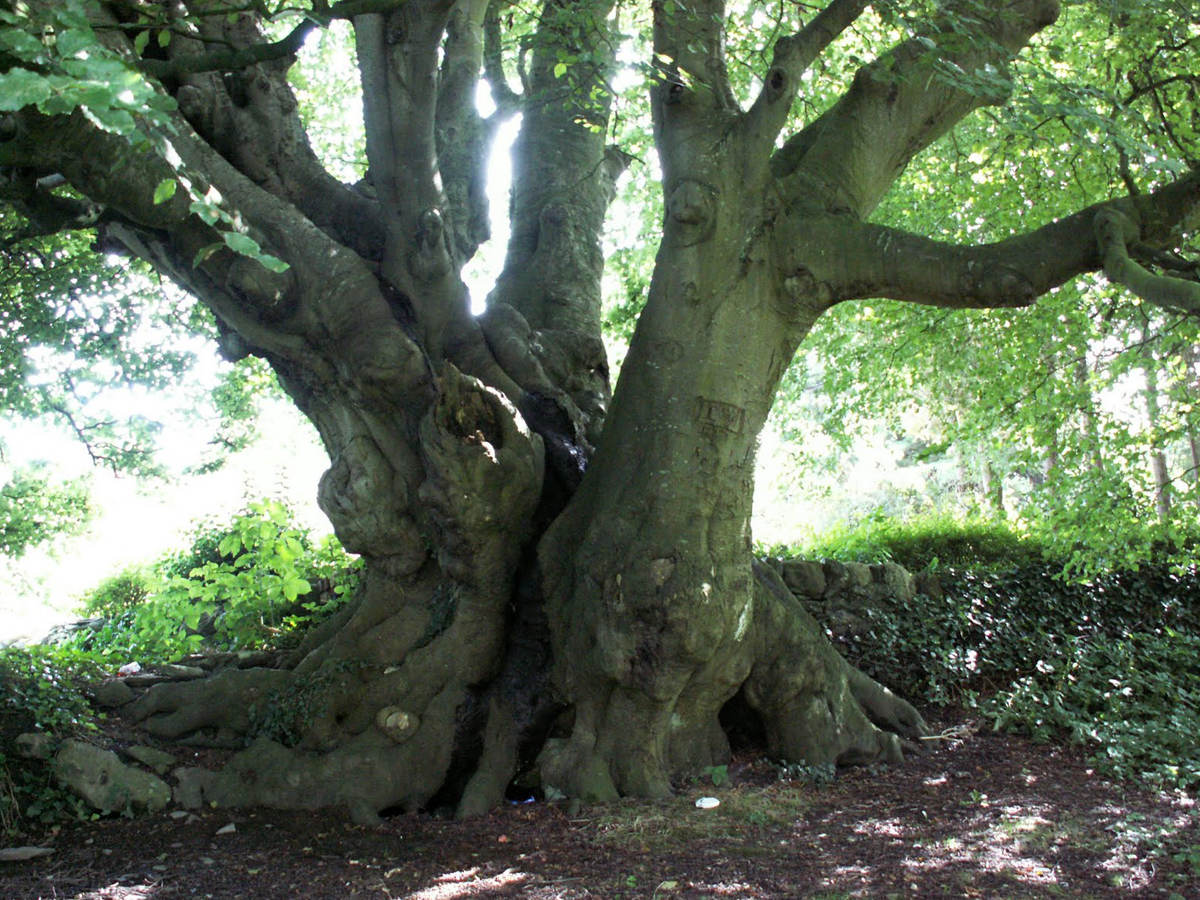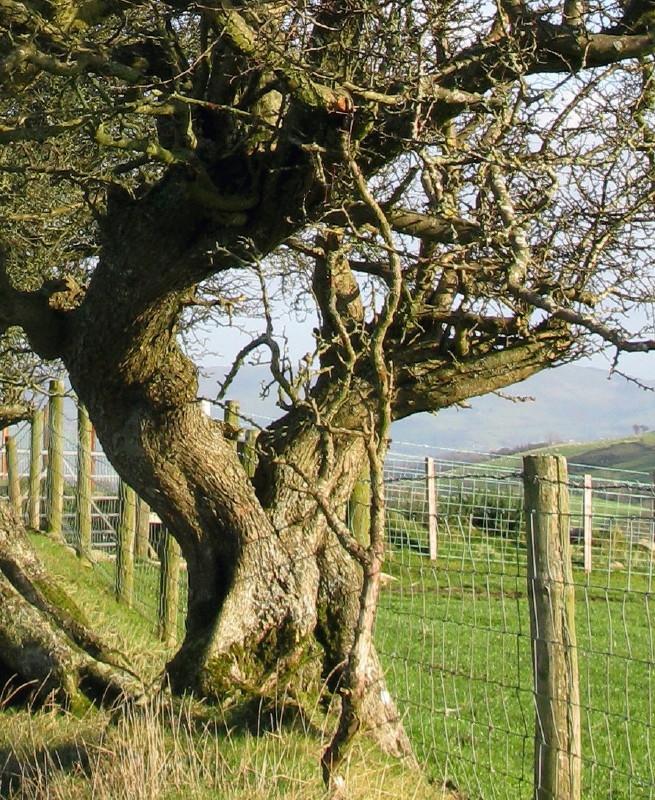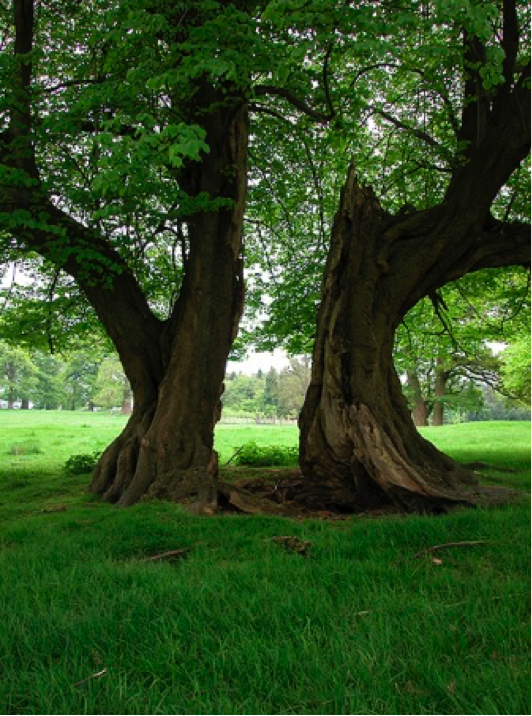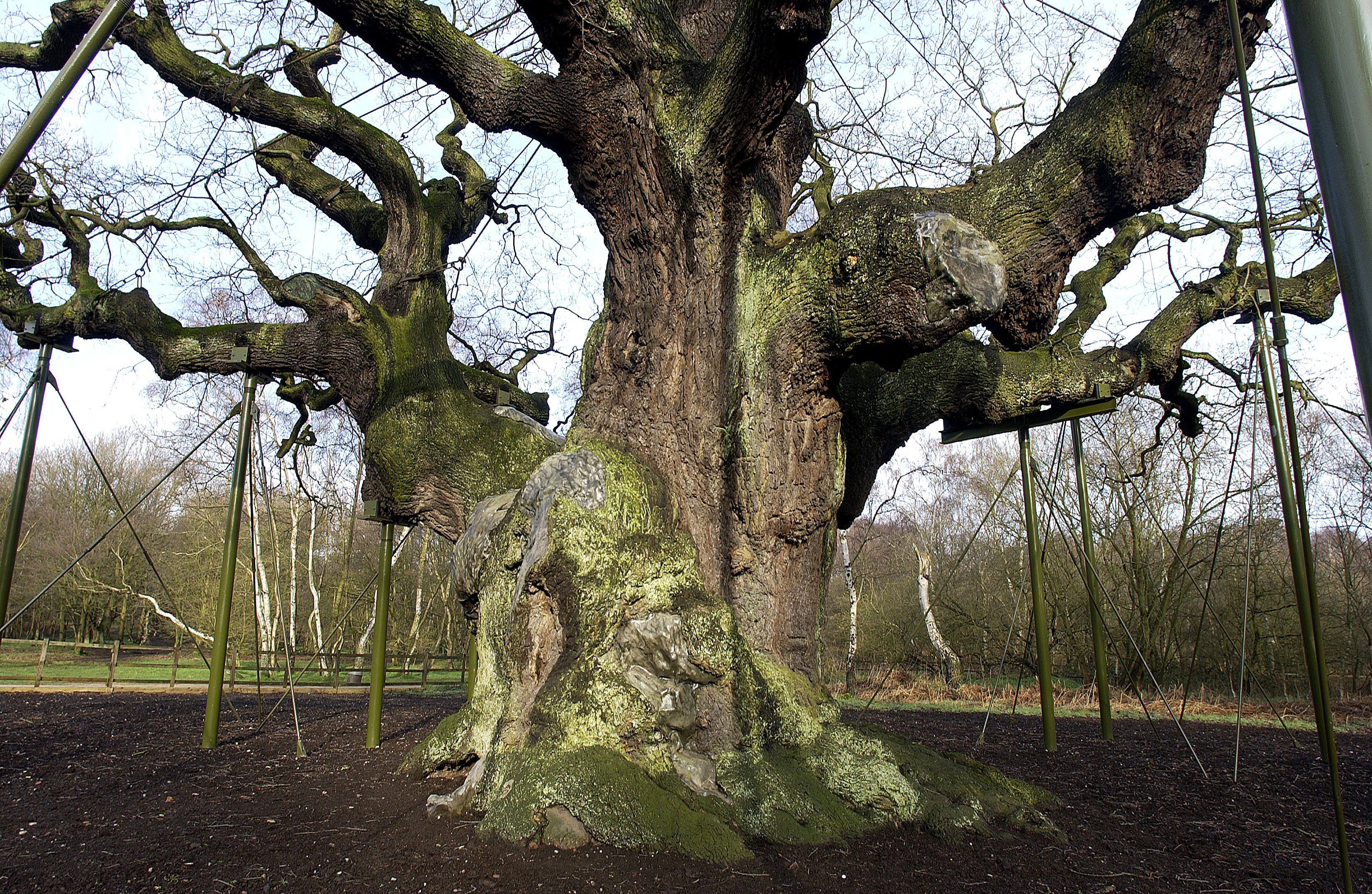Species guides
Trees grow old in different ways and at different rates. Yew may live up 3,000 years while ash may live for just 350 years.
Our guides on the eleven most recorded species give tips about the characteristics to look out for.
-
Oak

Oak
A familar and easy to recognise genus. You're most likely to see our two native species, but there are also hybrids to look out for. They may live for 1,000 years.
Find out more -
Ash

Ash
The common or European ash can be easily recognised by its black buds. It's often found in woodlands and hedgerows.
Find out more -
Beech

Beech
Beech includes the common beech, native to southern England and south Wales, as well as the purple beech which is a cultivar.
Find out more -
Yew

Yew
A familiar site in churchyards, yew is a species able to live for thousands of years.
Find out more -
Sweet chestnut

Sweet chestnut
Sweet chestnut is generally believed to have been introduced in Roman times and has long been planted in the UK.
Find out more -
Alder

Alder
Alder may live for 200 years, although 150 or less may be more typical on many lowland sites.
Find out more -
Hornbeam

Hornbeam
Our native hornbeam may live for 350 years and it's considered ancient from 225 years.
Find out more -
Scots pine

Scots pine
The UK's only native pine. You'll only find ancient specimens where it's truly native in the Caledonian pinewoods.
Find out more -
Hawthorn

Hawthorn
Common hawthorn is one of our two native hawthorns. They may live for 400 years.
Find out more -
Field maple

Field maple
Field maple is our only native (excluding Ireland) maple and can live for around 400 years.
Find out more -
Lime

Lime
Most familiar as an avenue tree leading to a large country house and in many urban streets. The oldest of our two native species are found as coppice in ancient woodland and as such may have been there for more than 500 years.
Find out more
